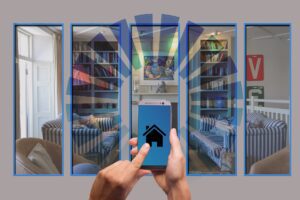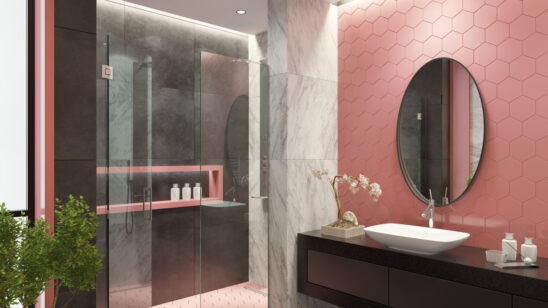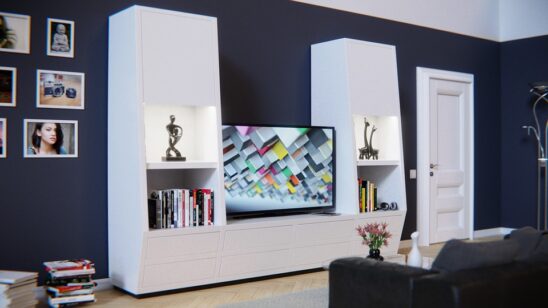
How to effectively integrate innovative technologies in your house in 2022?
These days, home is no longer just a place where people live, dwell and sleep. Thanks to the goodness of the internet, we like to spend more of our free time at home. This is a reality that seems to be gaining momentum, and which also seems to be consolidating worldwide.
Streaming services such as Netflix, and even online casinos have made it possible for users to access the best in entertainment without leaving the comfort of home. Anyone with a technological device and wifi can visit platforms like royalpanda.com/en-nz/casino – either from a home PC or from mobile devices like laptops, tablets or smartphones. Most providers these days make sure for their platforms to be mobile-friendly.

With this in mind, it is clear that technology has inexorably crept into our homes, but how can we effectively integrate technology into our homes and make the most of it?
Virtual assistants for the home
The technology market is always offering new opportunities for those who want to stay ahead of the curve. Nowadays, many devices are called upon to automate actions and tasks that we routinely carry out in our homes. Perhaps the clearest example of this reality is digital assistants, such as Amazon’s Alexa, Google’s virtual assistant, or Windows’ Cortana.
These devices work through synchronisation and intelligent voice detection to programme and perform tasks with minimal machine-robot interaction. The advantages of these devices lie not only in superficial actions such as playing music in spaces or turning on lights through voice commands, but through this software, it is possible to achieve absolute synchronisation between devices in the home. So, if you have smart kitchens, smart TVs, and smart fridges, all of these can be controlled by simple voice commands.
The ability of these assistants to synchronise with our mobile devices, allows us to optimise operation within the home. Being able to set reminders, alarms and manage the user’s schedule by voice enables an optimal work experience for those who work from home. Similarly, the “routine” functions of these devices can automatically set the room’s ambience and readiness, even before the start of the working day, eventually encouraging healthy work habits and optimising the user’s time.
Other smart devices
Although virtual assistants are perhaps the clearest example of how technology can be integrated at home, it is clear that they are far from being the only option. Within the current alternatives, there is a wealth of resources, many of these gadgets are not only set to make our lives easier, but also more secure.
Samsung’s smart locks are among the most sought-after devices for those who want to turn their homes into impenetrable fortresses. The great advantage of these devices is the number of resources they have to ensure home security. Users can open their doors via fingerprint, ping, or individual magnetic card authentication. Similarly, they have alarm signals that send notifications to mobile phones that let users know when someone enters or leaves the house.
Motion sensors are another device for home security. These gadgets not only emit alarm signals to their users’ smartphones, but can also trigger alarms and make automatic notifications to security officers. It is worth noting that this technology is also desirable for the illumination of the home, which not only makes it possible to perceive when someone may be in the vicinity of the house but is also useful for saving energy consumption.
Finally, it seems worth mentioning smart thermostats, devices that can programme the temperature of home spaces automatically, which have been popular in luxury vehicles for several years, as well as air cleaners, which are intended to quickly and simply create healthier spaces in the home. As you can see, technology can make our homes more comfortable and more operational, making our lives simpler.



